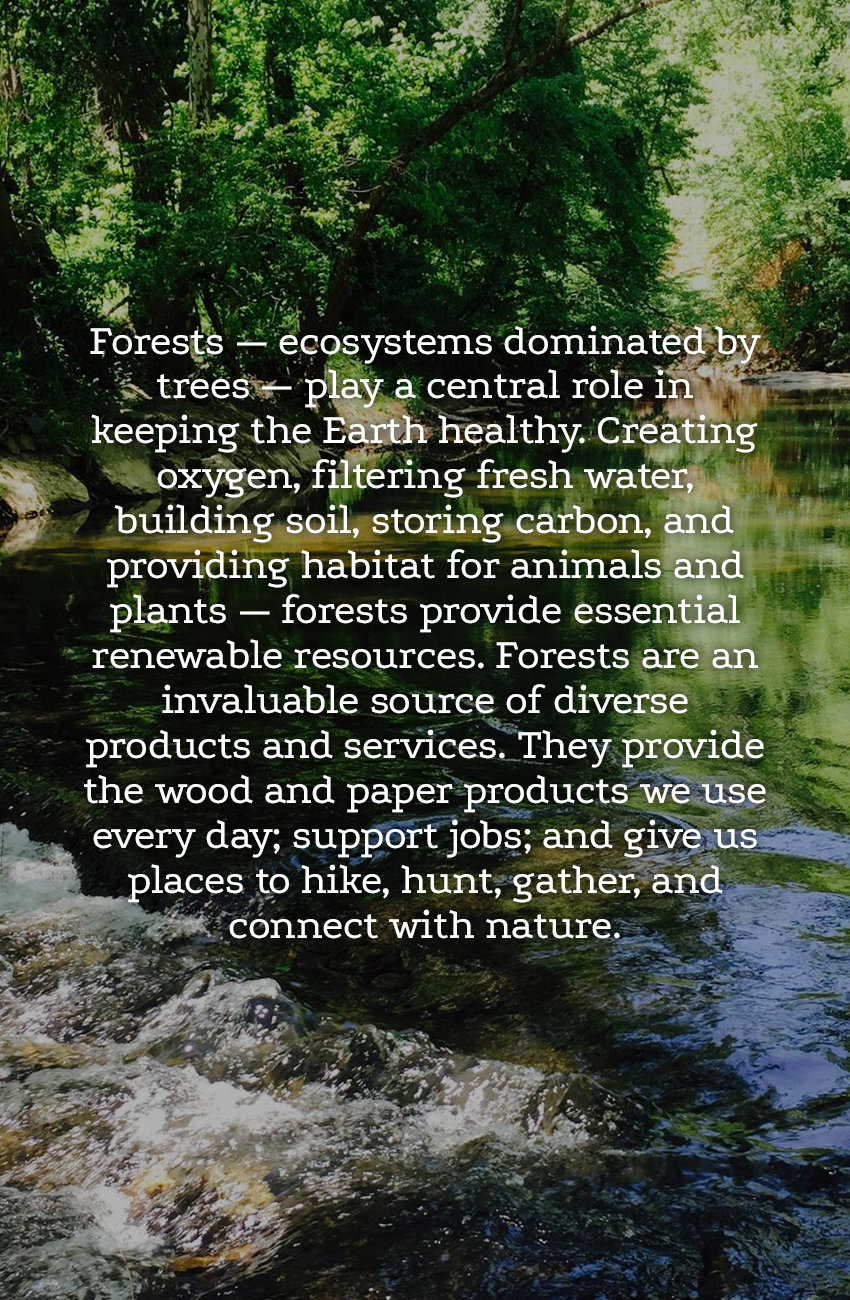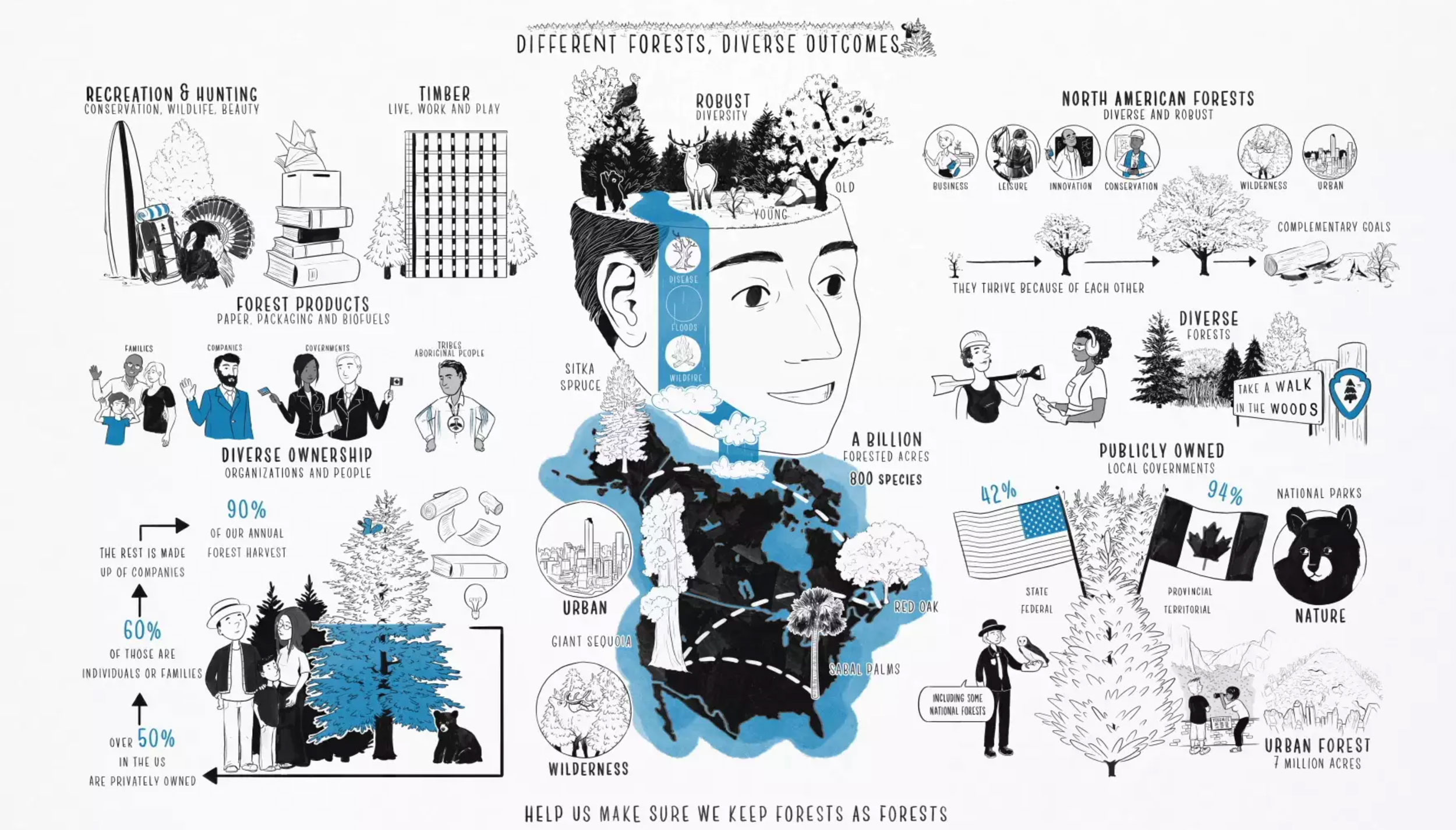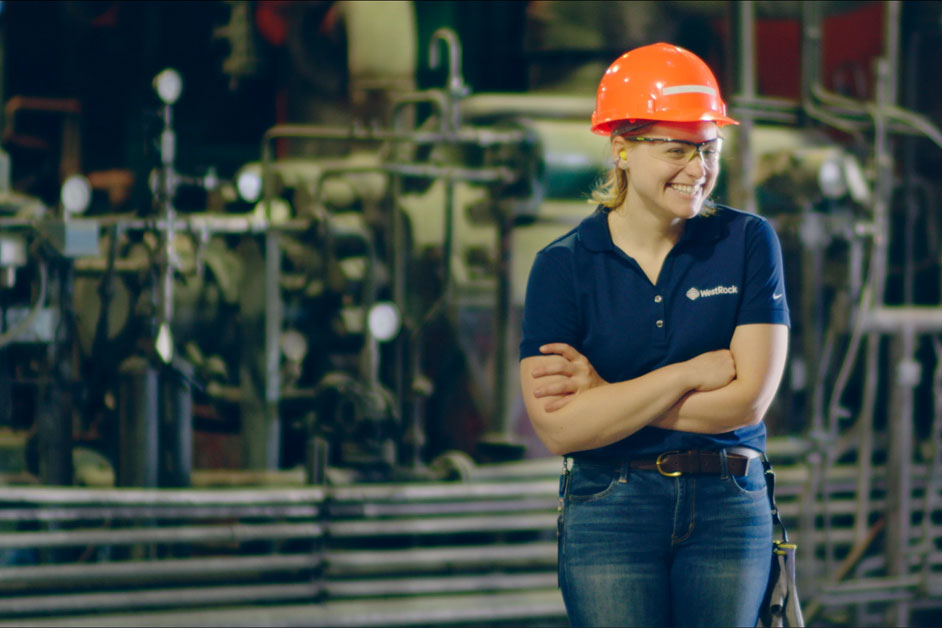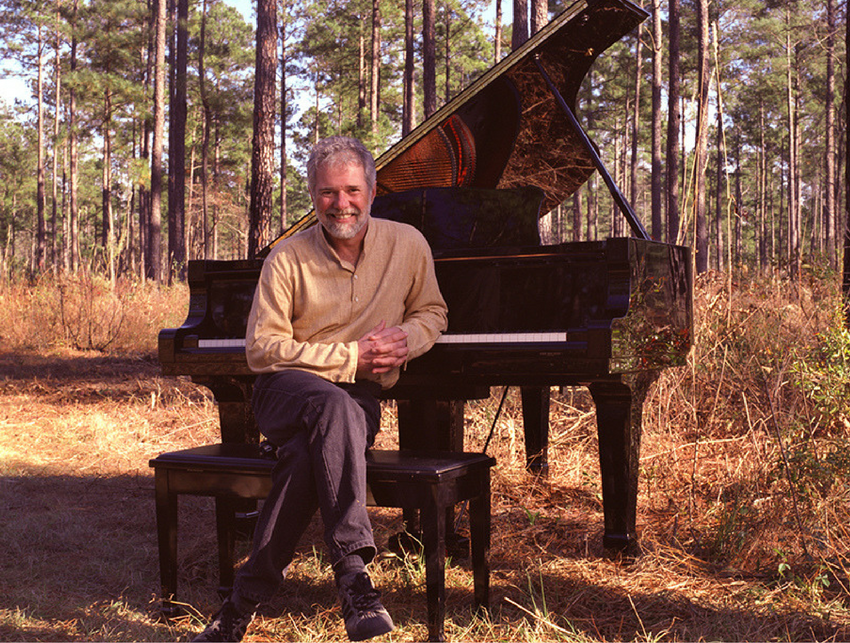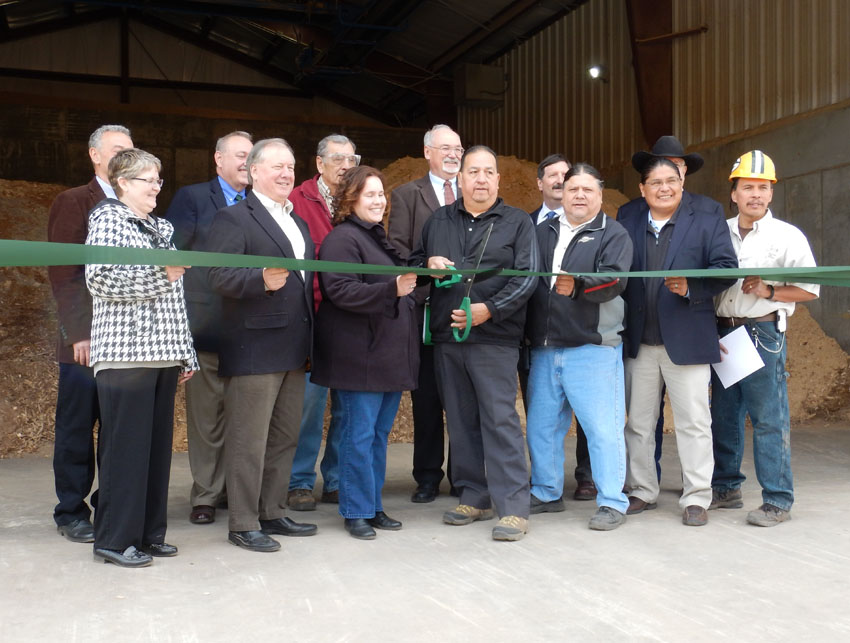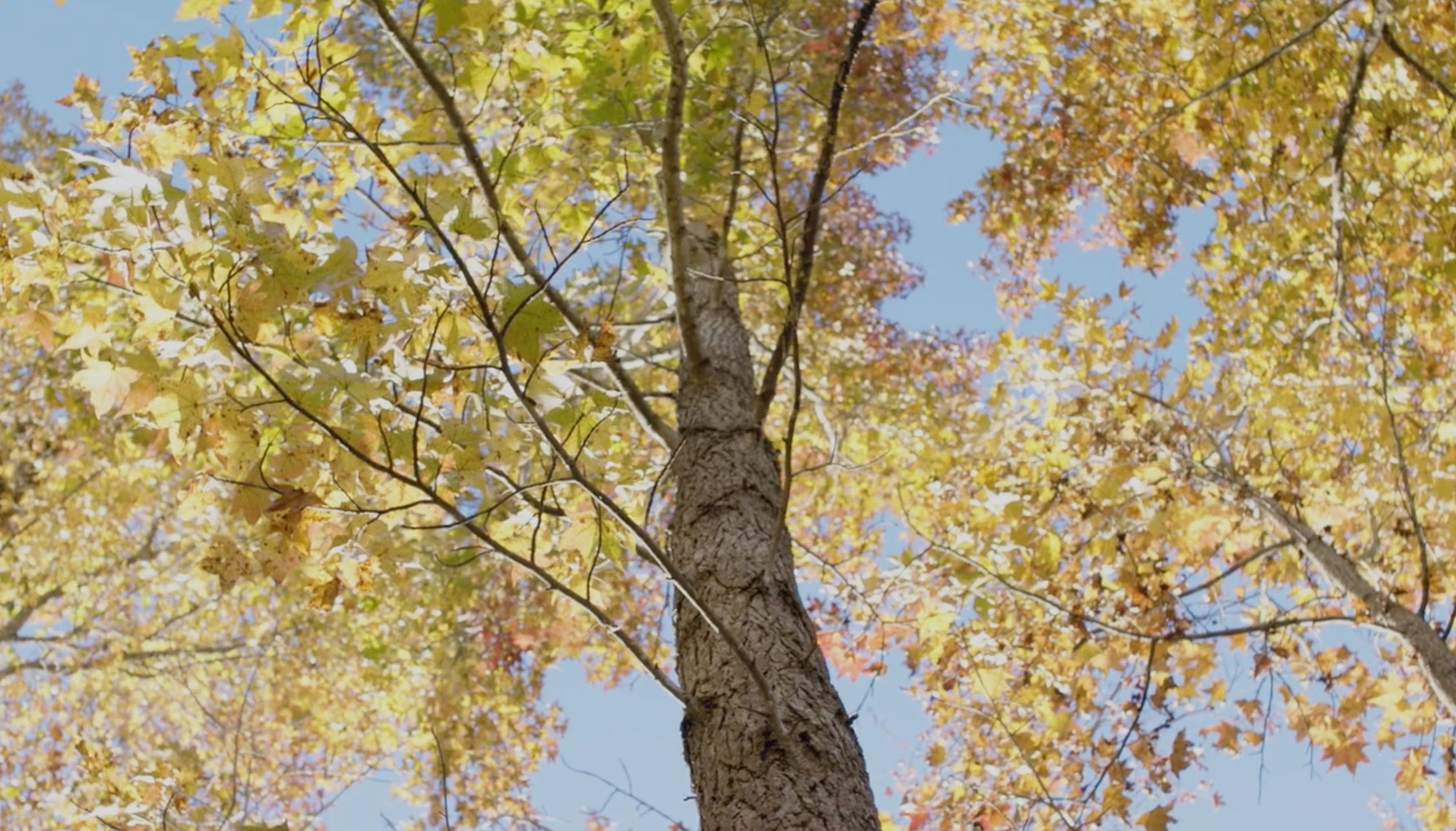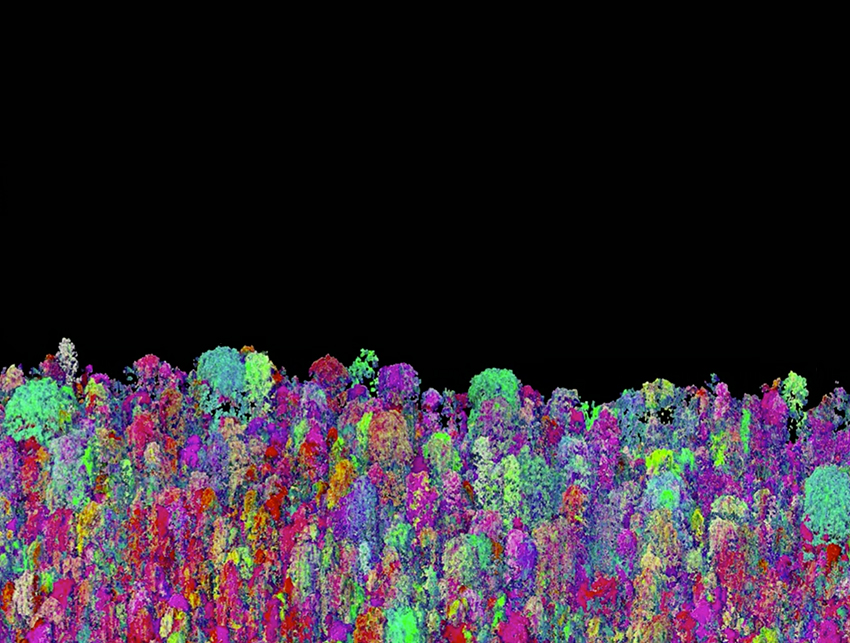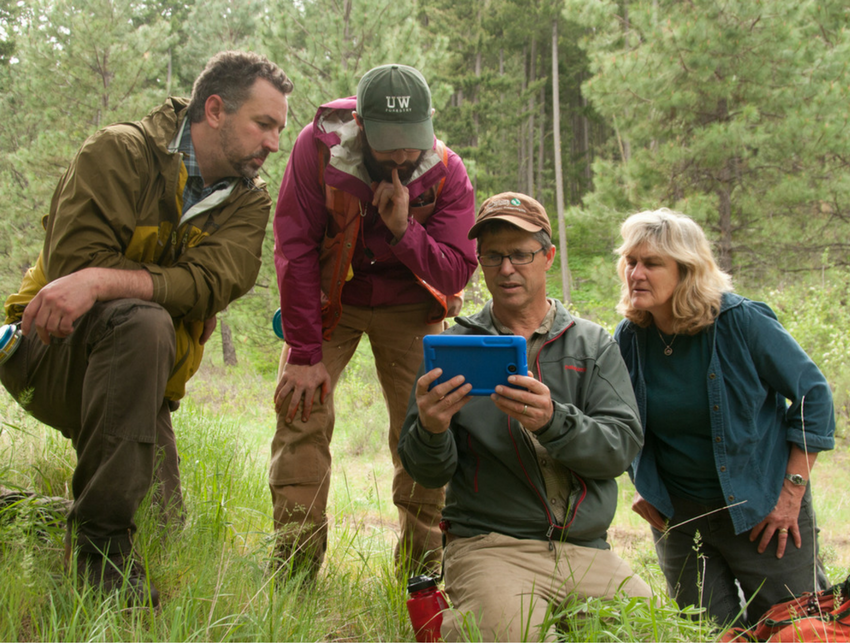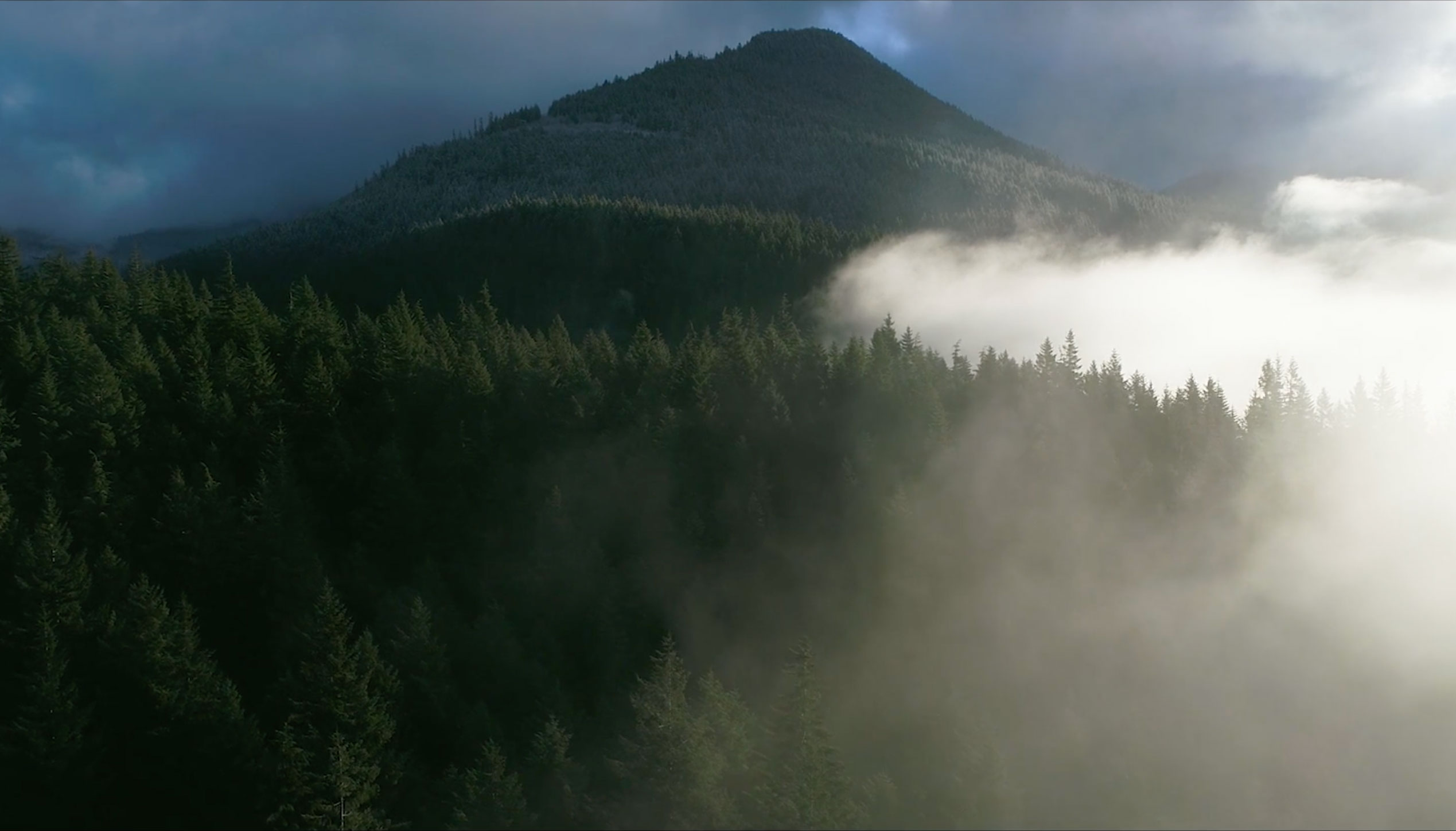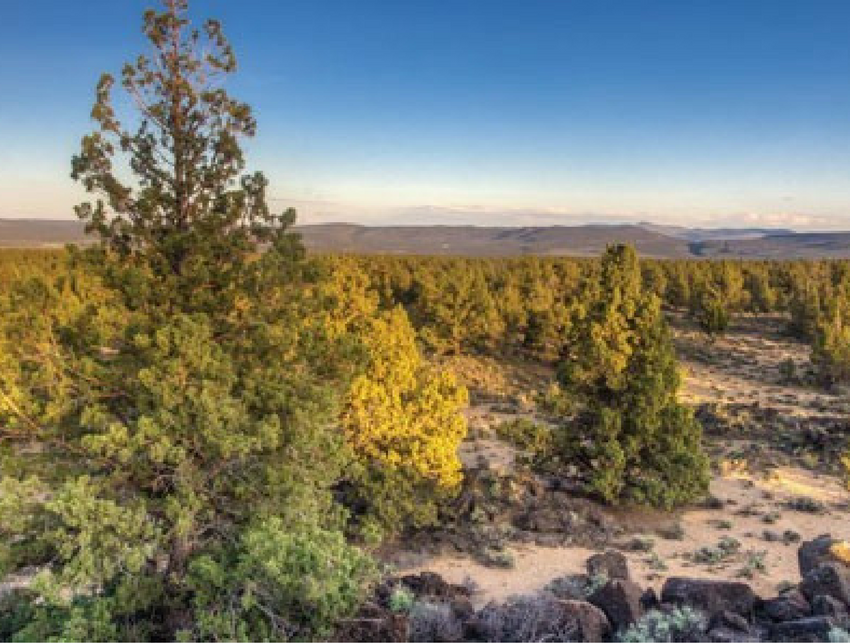In 2016, Menominee Tribal Enterprises, the business arm of the Menominee Indian Tribe of Wisconsin, completed a biomass-fueled district combined heat and power (CHP) project in an attempt to create energy independence, and reduce carbon footprint and air emissions.
For more than 150 years, the Menominee people have utilized sustainable forestry practices to preserve a unique ecosystem with a wide variety of species and varied habitats. The result is an award winning sustainable forest located on the Menominee Nation Reservation in central Wisconsin. It’s a forest that is not only economically profitable, but also ecologically healthy. In 2016, an advanced wood energy system was completed at the Menominee Tribal Enterprises sawmill to continue with our practices of preserving resources. The project, driven by the Menominee people’s emphasis on sustainability and environmental protection, evolved from our cultural relationship with the land and greater self-sufficiency as a Nation.
In 2016, we completed a biomass-fueled district combined heat and power (CHP) project in an attempt to create energy independence, reduce our carbon footprint and reduce air emissions thus improving local air quality through the use of renewable resources on the Reservation. Biomass is simply wood chips, collected from waste residues from our sawmill, from low value logs, or from harvesting residues. By moving to a biomass boiler system, we are also protecting the health and well-being of communities and our Tribal School near the mill. It is MTEs responsibility and practice to protect the community health as well as the environment while committing to providing sustainable jobs and a solid economic base for the Menominee Indian Tribe.
This project occurred pretty quickly. In partnership with the USDA Forest Service and their wood energy team, assessments showed that we could replace old, inefficient technology with a new biomass-fueled district combined heat and power (CHP) system to generate steam and electricity using renewable biomass fuel for our forest products operations. The steam heat generated will be used to dry lumber in our kilns and to heat our operations and office space, and electricity generated will provide more than 20 percent of MTE’s energy needs. It strengthens our long-term competiveness and commitment to the Menominee and our customers. Our mission statement reflects this: “Menominee Tribal Enterprises is committed to excellence in the sustainable management of our forest, and the manufacturing of our lumber and forest products providing a consistently superior product while serving the needs of our forest, employees, wood products customers, tribal community, and future generations.”
Our investment in a new wood energy system is providing use of existing, renewable Menominee resources and providing economic and environmental benefits for the long-term sustainability of our forests and people. This provides for our Nation for the next generations and embodies the culture, values, and spirit of the Menominee people.


